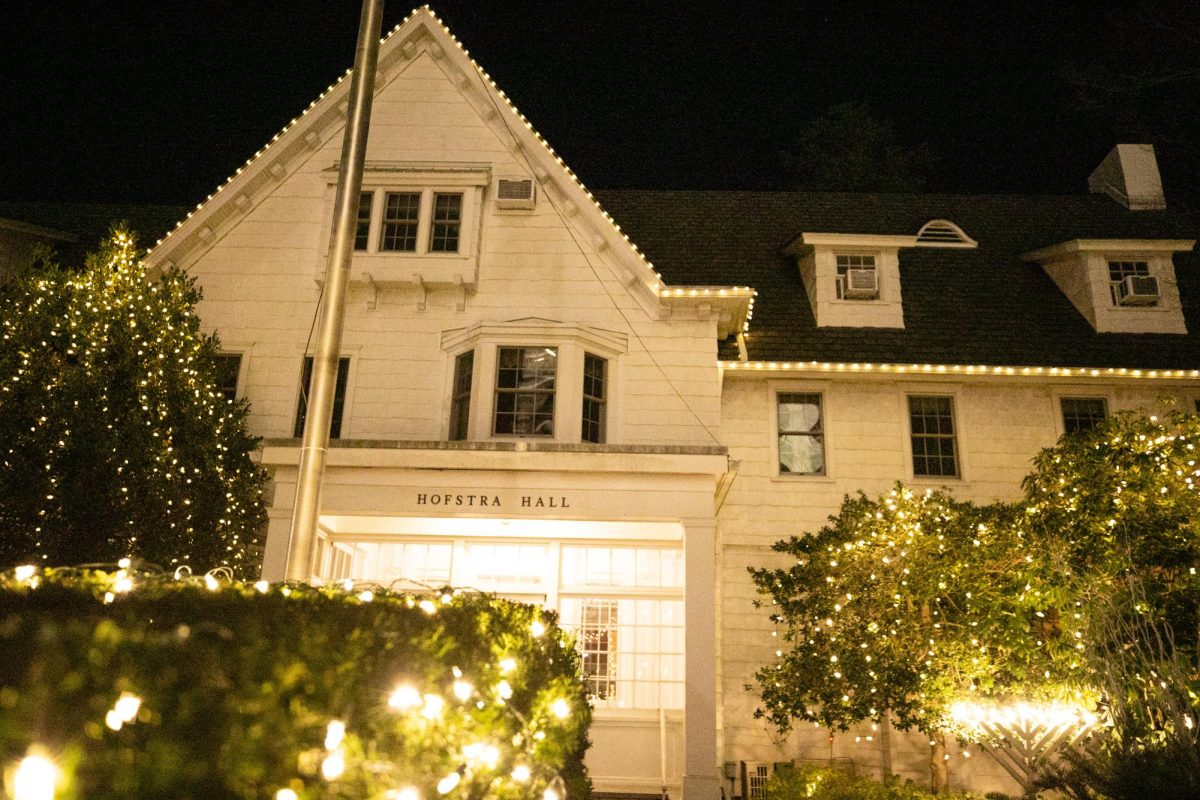By Marisa RussellASSISTANT COPY CHIEF
In the wake of the recent Student Government Association (SGA) recent petition for an activity fee increase and last week’s approval of spring 2015 budgets for clubs, some students have questioned what SGA has the right to fund.
According to Alyson Guarino, SGA comptroller, SGA received 111 fall 2014 budgets last spring, and that number rose to 125 spring 2015 budgets received this semester. With an increase in clubs, the amount of budgets that SGA is required to evaluate and allocate money to also increased.
For spring 2015, organizations requested a total of $785,558.52, of which SGA was able to fund $265,525.13, 33.8 percent of the requested amount.
The addition of clubs from year to year is something that Guarino stated affected budget weekend.
“It was the number of organizations and the amount of money requested,” that affected how much was allocated for next semester, Damian Gallagher, SGA appropriations chair stated.
Additionally, clubs have spent more of their allotted budgets, and therefore the “rollback” to SGA at the end of the semester was less this semester than it has been in previous semesters. Rollback is the money that SGA receives at the end of the semester from what clubs do not spend out of their budget.
“Since clubs have been encouraged to utilize all of the funds that they have been allocated and have done a great job at doing so, the amount of money to allocate is significantly less because the money that would have normally come back to be reallocated is just not there any more,” said Gallagher.
The amount allocated to clubs for spring 2015, according to many clubs, was not enough for them to succeed, and some are not convinced that an increase in the student activity fee would be beneficial.
“I think the [student] activity fee increase is a catch-22. On one hand, there would be more SGA funding for clubs across the board. This would mean more funding for events like Music Fest that everyone enjoys,” said Rachael Durant, vice president of Hofstra Body Positive. “However, an increase in the fee is an increase in the total cost of attending Hofstra.”
The student activity fee, which is currently $75 a semester, funds students and clubs on campus. A portion of that fee returns to SGA to be allocated to organizations on campus. The fee, according to Guarino, is a separate fee from tuition, although it is a charge to students. Though SGA has made it clear that the increase is not directly related to tuition increases, it still becomes a greater sum of money that students are required to pay for their time at Hofstra.
“The student activity fee is in no way associated with tuition. On the break down of the Hofstra bill, the student activity fee is a separate fee,” she said. “Tuition increases have nothing to do with SGA.”
The fee funds students, and the increase is based upon the fact that clubs do not feel they are given enough funding to thrive as an organization.
“Hofstra’s clubs have tripled in number since the last fee increase, and SGA struggles to give out funds to each club,” said Sean Grealy, president of the Newman club.
After consulting with Patricia Adamski, the executive vice president for planning and administration, and Vice President for Student Affairs W. Houston Dougharty, SGA’s resolution that will be brought before the University administration has been changed.
“We decided to look into possibilities of changing the proposal,” said Guarino. “We are going to bring to Senate on Thursday Dec. 4 a resolution to increase the student activity fee five dollars for the 2015-2016 academic year, with the possibility of a reevaluation for an additional five dollar increase for the fall 2016 spring 2017 year.”
SGA is looking to pass the resolution in senate this week and bring it to the University over winter break.








